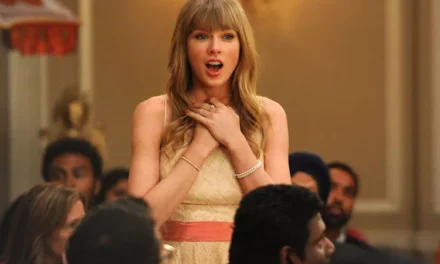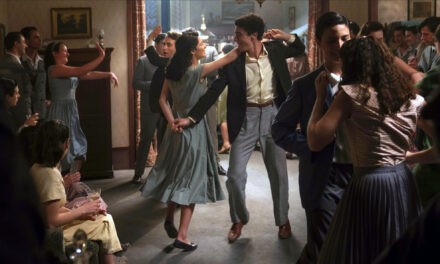The medium of television is responsible for a huge accumulation of redundant objects: old TV sets and VTRs (and the tables to put them on), superseded production equipment and software, videotape and film that is no longer useable. This raises various questions, from practical to historiographical and methodological ones.
What are we to do with this accumulation of objects, many of which are not easily recycled? How do we approach these objects as historical records? What tools and research practices do we need to go beyond the written cultures of television and address its non-discursive experiences? How do we articulate historical narratives that may emerge out of television’s non-discursive past? What histories do these objects tell, other than what’s already been documented and preserved in written and audiovisual archives?
It is not enough simply to document these objects. They are the silent witnesses to television’s history, and so can be made to speak again. This issue of VIEW will explore the many attempts that are taking place to preserve, reuse, engage with and study the objects from television’s material heritage. There are many issues involved here:
- museum practice in an age of shrinking budgets;
- the status of enthusiasts and their collections;
- the hidden ecological impact of TV industries;
- the ways that ‘redundant’ production equipment can often be used effectively well after its ‘use-by’ date by those with access to few resources;
- television objects as historical records;
- historiographical challenges posed by doing history with objects;
- different approaches to studying and writing about television objects;
- hands-on television research
VIEW’s online platform allows authors to engage with different ways of narrativising television’s past through the use of video and sound recordings as well as written accounts. Contributors are especially encouraged to experiment and engage with multi-media presentations of histories from objects and hands-on television research.
Practical
Contributions are encouraged from authors with different kinds of expertise and interests in media studies, television and media history.
Paper proposals (max. 500 words) are due on January 15, 2018. Submissions should be sent to the managing editor of the journal, Dana Mustata. A notice of acceptance will be sent to authors by mid-February 2018.
Articles (3 – 6,000 words) will be due on May 15, 2018. Longer articles are welcome, given that they comply with the journal’s author guidelines.
About VIEW Journal
See www.viewjournal.eu for the current and back issues. VIEW is supported by the EUscreen Network and published by the Netherlands Institute for Sound and Vision in collaboration with Utrecht University, Royal Holloway University of London, and University of Luxembourg. VIEW is proud to be an open access journal. All articles are indexed through the Directory of Open Access Journals, the EBSCO Film and Television Index, Paperity and NARCIS.
For further information or questions about the issue, please contact its co-editors John Ellis and Dana Mustata.




